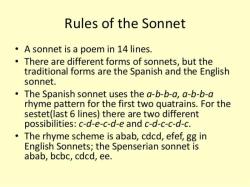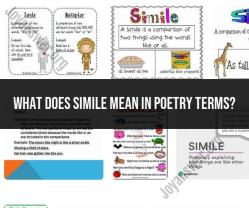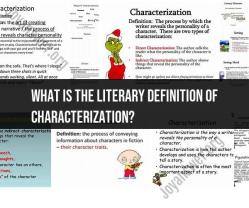What are the rules of a Shakespearean sonnet?
Shakespearean sonnets, also known as English sonnets, follow a specific structure and rhyme scheme. Here are the rules typically associated with Shakespearean sonnets:
Fourteen Lines: A Shakespearean sonnet consists of 14 lines.
Iambic Pentameter: Each line is typically written in iambic pentameter, which means it contains ten syllables per line with a pattern of unstressed and stressed syllables (da-DUM).
Rhyme Scheme: The rhyme scheme of a Shakespearean sonnet is ABABCDCDEFEFGG. This means the first and third lines rhyme (A), as do the second and fourth lines (B), and so on, with a couplet at the end (GG).
Three Quatrains and a Couplet: The 14 lines are usually divided into three quatrains (four-line stanzas) followed by a final couplet (two-line stanza).
Volta: There is often a "volta" or a thematic shift that occurs either at the start of the third quatrain or at the couplet. This is where the tone, subject matter, or perspective of the poem may change or resolve.
Idea Development: Shakespearean sonnets typically explore themes of love, beauty, time, mortality, and the complexities of human emotion. The structure of the sonnet allows for the development and exploration of these themes within a concise form.
These rules provide a framework within which poets can express their thoughts and emotions in a structured and often profound manner. Shakespeare himself wrote numerous sonnets adhering to these rules, and they remain a popular form of poetry today.
Unveiling the Secrets of the Shakespearean Sonnet:
1. Traditional Rules and Format:
The Shakespearean sonnet, named after its iconic user, adheres to specific rules and format:
- Number of Lines: 14 lines, divided into three "quatrains" (four-line stanzas) and a final "couplet" (two-line stanza).
- Meter: Iambic pentameter, meaning each line has five "feet" with an unstressed syllable followed by a stressed syllable (da-DUM).
- Rhyme Scheme: The most common rhyme scheme is ABAB CDCD EFEF GG, where each capitalized letter represents a unique rhyming sound.
2. Structure of Rhyme and Meter:
- Quatrains: Each quatrain typically explores a separate idea or image, often building towards a central theme. The rhyming scheme (ABAB CDCD EFEF) binds the lines together but allows for subtle shifts in thought.
- Couplet: The final couplet serves as a concluding element, offering a twist, resolution, or emphasis on the main idea. The rhyming scheme (GG) provides a strong closure to the poem.
3. Variations and Exceptions:
Despite the established rules, some variations and exceptions do exist:
- Rhyme Scheme: While ABAB CDCD EFEF GG is the most common, Shakespeare himself experimented with variations like ABAB CDDC EFEF GG (two rhymes instead of three in the third quatrain).
- Meter: While iambic pentameter is preferred, slight deviations can occur for artistic effect or to emphasize specific words.
- Content: Themes can range from love and loss to nature and philosophical musings, although Shakespearean sonnets are often associated with romantic expression.
Additional Notes:
- The form's strictness fosters creativity within limitations.
- Mastering the form was considered a mark of poetic skill in Shakespeare's time.
- Today, contemporary poets use and adapt the form for diverse purposes.
I hope this comprehensive explanation illuminates the rules and intricacies of the Shakespearean sonnet!













